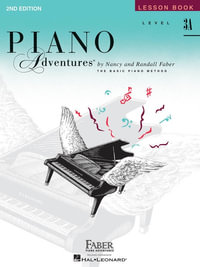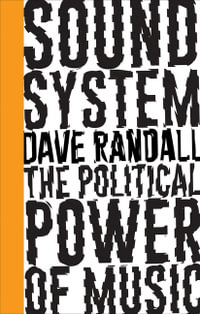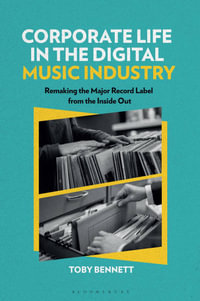
The German Symphony between Beethoven and Brahms
The Fall and Rise of a Genre
Hardcover | 28 March 2015
At a Glance
Hardcover
RRP $284.00
$200.95
29%OFF
or
Aims to ship in 7 to 10 business days
ISBN: 9781409452881
ISBN-10: 1409452883
Published: 28th March 2015
Format: Hardcover
Language: English
Number of Pages: 332
Audience: General Adult
Publisher: Taylor & Francis Ltd
Country of Publication: GB
Edition Type: New edition
Dimensions (cm): 23.39 x 15.6 x 1.91
Weight (kg): 0.64
Shipping
| Standard Shipping | Express Shipping | |
|---|---|---|
| Metro postcodes: | $9.99 | $14.95 |
| Regional postcodes: | $9.99 | $14.95 |
| Rural postcodes: | $9.99 | $14.95 |
How to return your order
At Booktopia, we offer hassle-free returns in accordance with our returns policy. If you wish to return an item, please get in touch with Booktopia Customer Care.
Additional postage charges may be applicable.
Defective items
If there is a problem with any of the items received for your order then the Booktopia Customer Care team is ready to assist you.
For more info please visit our Help Centre.
You Can Find This Book In
This product is categorised by
- Non-FictionArts & EntertainmentMusicTheory of Music & Musicology
- Non-FictionArts & EntertainmentMusicMusic Styles & GenresWestern Classical Music & OperaRomantic Music from 1830 to 1900
- Non-FictionArts & EntertainmentMusicMusic Styles & GenresWestern Classical Music & OperaClassical Music from 1750 to 1830
- Non-FictionArts & EntertainmentGeneral Issues in Art
- Non-FictionLanguage & LinguisticsReference, Dictionaries & Guides























